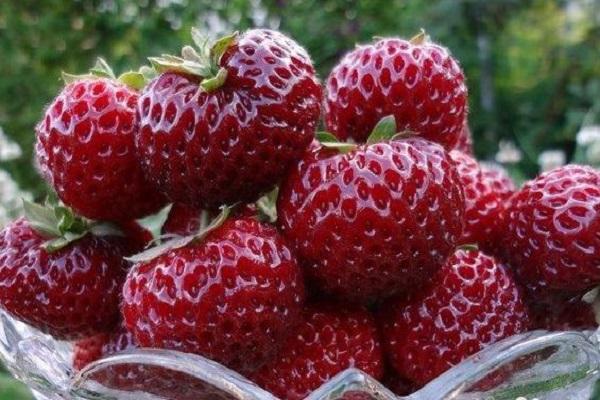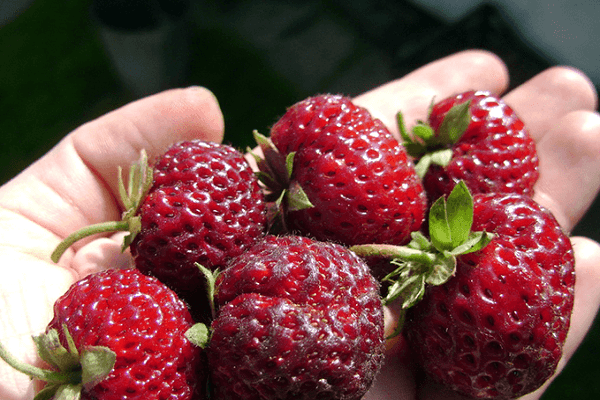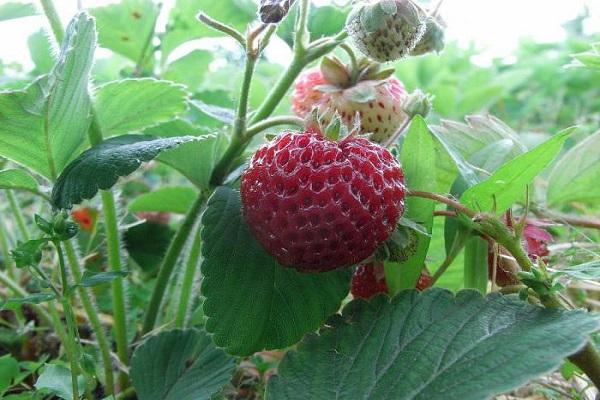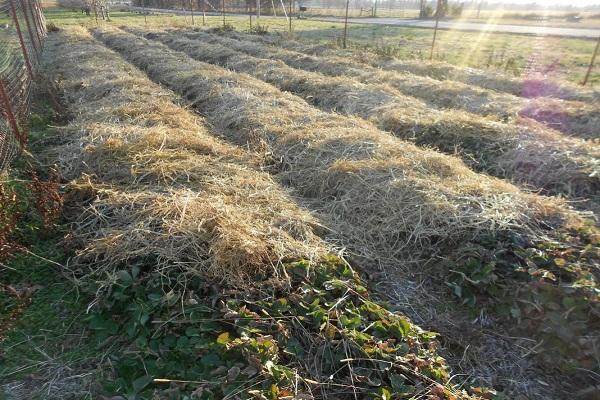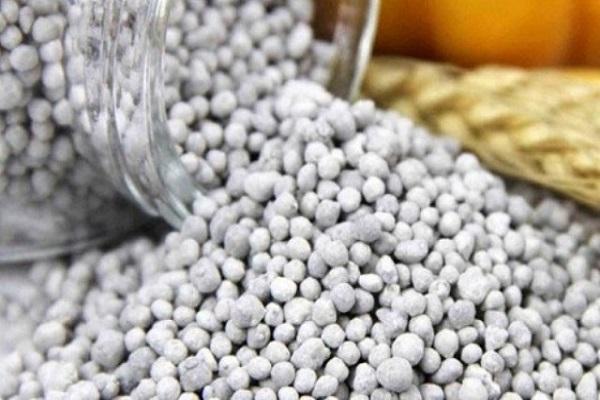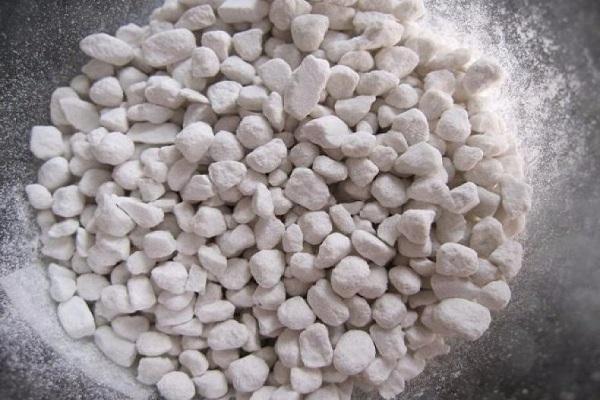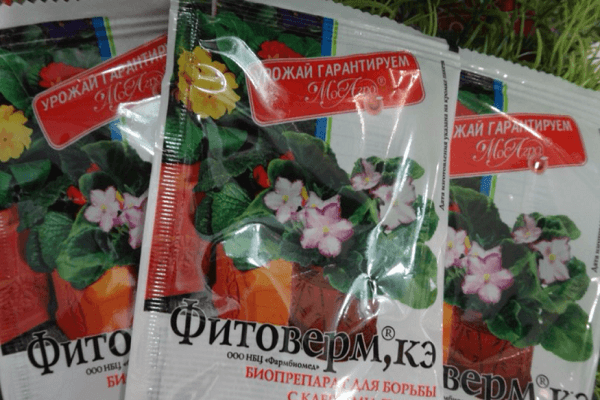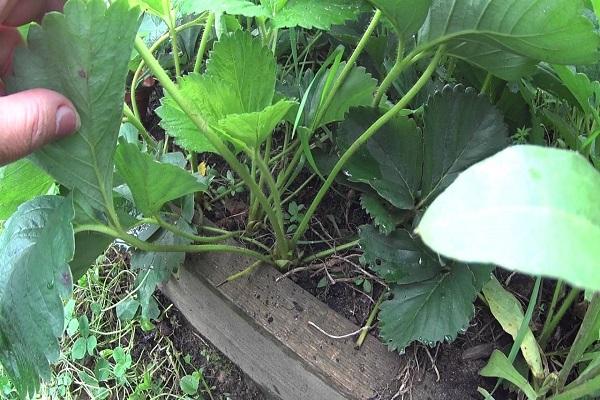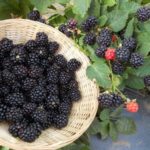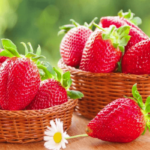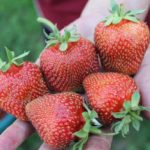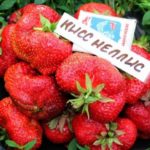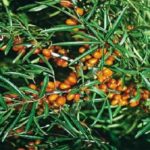Mitze Schindler strawberries have been grown since the middle of the last century. The variety was obtained in Germany from the parent forms of garden strawberries Lucida perfect and Johann Muller. Mitze Schindler's strawberries are still relevant today. Gardeners value and grow the variety for its wonderful berries with a delicious raspberry-strawberry flavor.
- Description and characteristics
- Pros and cons of strawberries
- The nuances of growing Mitze Schindler
- Preparing the landing site
- Preparing the plant
- Disembarkation
- Rules for caring for the variety
- Loosening and weeding
- Feeding and watering
- Mulching
- Cleaning in winter
- Prevention and treatment of diseases
- Pest protection
- Reproduction
- Harvesting and storage rules
Description and characteristics
The late-ripening strawberry variety Mitze Schindler is old (1930-1950), and therefore, according to its characteristics, is not suitable for industrial cultivation. In amateur gardening, it fully justifies itself. Professional tasters rate the taste of the pulp as full 5 points, which deserves respect.
The habit of the Mitze Schindler strawberry bush is low, there are few leaves, they are small in size, ribbed, dark green above, silvery below. A lot of whiskers are formed, some of them are remontant. The flowers are unisexual and have no stamens. For pollination, a late-ripening pollinating variety is planted on the ridge.
The flower stalks are tall and do not lie to the ground. The berries are medium in size, round and flat-round in shape. The color is even, dark cherry. The consistency of the pulp is soft, tender, the color is light raspberry, the taste is sweet with raspberry notes, the aroma is strong, strawberry-nutmeg.
The first year the fruits are larger (18-20 g), in the next 3 years they become smaller, weighing no more than 5-6 g. The yield of Mitze Schindler is low: 300 g per bush, 800 g per 1 m². The fruits are consumed fresh and sent for processing. According to reviews, Mitze Schindler strawberries are not very good when frozen.
Pros and cons of strawberries
Before breeding the Mitze Schindler variety, you need to study the description of strawberries. Find out strengths and weaknesses. Both a plus and a minus of the variety can be considered a large number of mustaches. Plus - it is easy to propagate, you can build a small family business selling planting material.
A significant disadvantage of this variety is that it takes a lot of time to care for the bushes. In a neglected state with a large number of runners, the yield is reduced because the berries become smaller. Under unfavorable conditions and the absence of preventive measures, the Mitze Schindler strawberry rarely suffers from powdery mildew, gray rot, and strawberry mite.The main threat to the strawberry ridge is brown spot.
Relative immunity to the fungus Marssonina petontillae can be considered a disadvantage of the variety, as can the weak drought resistance of Mitze Schindler strawberries. With a lack of moisture, the yield drops significantly. Productivity also cannot be called a strong point of the variety. It is enhanced by planting pollinator varieties in the garden (Pandora, Florence, Vikoda).
There are several advantages:
- winter hardiness;
- frost resistance;
- ability to grow on any type of soil;
- the variety is suitable for cultivation in any climatic zone;
- good adaptation to the weather conditions of the region;
- taste qualities of the berry.
It is precisely because of its special taste that this variety is still grown, despite its low yield.
The nuances of growing Mitze Schindler
The agricultural technology of this variety of strawberry can hardly be called complex. But despite the simplicity of care, its regularity is important. With a systematic approach to watering, fertilizing, and preventive measures, the yield is noticeably higher.
Preparing the landing site
Preference is given to flat, well-lit areas of the garden. Berries that grow in the sun have a richer taste. Before digging, dolomite flour is added to the acidic soil. Strawberries grow best in slightly acidic soil. Fertilizers are not used in the year of planting; they are applied to the predecessor crop (carrots, onions, beets, cabbage).
Preparing the plant
Use healthy material for planting. The seedling bushes should not have dry roots or leaves with spots. Before planting, each seedling is treated with the drug “Fitosporin”. It destroys pathogenic fungi.
Disembarkation
Mitze Schindler seedlings are planted in the evening on cloudy days. A 20 x 50 cm planting pattern is used. The holes are made according to the size of the strawberry root. Add a handful of humus and 1 tbsp to each. l. ash.When falling asleep, make sure that the apical bud sticks out of the ground. The ridge is well watered and covered with mulch (humus, peat).
Rules for caring for the variety
Everyone who has grown this variety notes a large number of mustaches. To maintain the beds in normal condition, they have to be removed regularly. They leave mustaches only on queen cells to obtain planting material.
Loosening and weeding
Strawberry beds are loosened at least 6 times per season. Do this shallowly (2 cm) so as not to damage the roots. They lie at a depth of 25 cm in strawberries. The soil is cultivated for the first time in the spring. At the same time, cut out all the old tendrils and leaves, weed the weeds, removing the roots of perennial plants.
Feeding and watering
Mitze Schindler reacts poorly to lack of moisture. The soil under the bushes should be moist, so water frequently. Water consumption depends on the weather and soil structure. On average, 10-12 liters are used per 1 m² of water. It is recommended to water the Mitze Schindler strawberries in the morning at the root with warm water.
Mitze Schindler responds well to feeding. Can be used:
- herbal infusion;
- infusion of bird droppings;
- mullein infusion;
- complex fertilizers.
During the formation of buds, Mitze Schindler strawberries are fed with a solution of ammonium nitrate. 10 g of fertilizer are dissolved in a bucket of water (10 l). Be sure to feed with liquid mullein (1:15) when the first berries appear.
Mulching
Various materials are used as mulch (bark, dry lawn grass, straw, hay, sawdust). Form a layer at least 6 cm thick. Mulch makes it easier to care for strawberries and saves water. Moisture from the soil evaporates slowly, the soil does not overheat, and the berries are clean.
In beds with mulch, strawberries are less likely to get sick.There is no excessive humidity, so there are no conditions for the spread of pathogenic fungi. Organic mulch maintains soil fertility. By overheating, it increases the thickness of the humus layer.
Earthworms live well under it. They loosen the soil and enrich it with the products of their vital activity.
Cleaning in winter
The variety is winter-hardy and frost-resistant, but the beds are usually prepared for winter. In regions with little snow, shelter is the only protection against frost. Mitze Schindler strawberry bushes can withstand 35-degree frosts only if there is a covering layer.
In the absence of snow cover, the roots die at -8 °C. In order not to stimulate the growth of young shoots, strawberries are not covered early. They are waiting for the first frosts and a persistent drop in temperature. For the winter, bushes are covered with fallen leaves and several layers of non-woven material.
Prevention and treatment of diseases
Mitze Schindler's strawberry plantings suffer from brown spot. Symptoms of a fungal infection are dark spots. They appear everywhere. The fungus affects flowers, leaves, mustaches, and berries. With timely treatment, strawberries can be saved.
The causative agent of brown spot is activated during fruiting. The peak occurs in August and September. The fungus is active when the temperature is above 0 °C, remains dormant in winter, and continues to reproduce in spring.
The bush is uprooted and destroyed if the area affected by the above-ground part is large. The remaining plants are fed with phosphorus-potassium fertilizers:
- ammophoska;
- superphosphate;
- ammonium phosphate;
- potassium sulfate;
- ash.
To prevent fungal infection in the spring (before flowering), the ridges are sprayed with a copper-containing preparation. Bordeaux mixture or copper oxychloride. The treatment is repeated after picking the berries.
Pest protection
Strawberries have many pests. Weevils, strawberry mite and other insects. Strawberry fruits, flowers and leaves suffer from the weevil and its larvae. You can find out about the pest by fallen buds and many holes on the surface of the leaves.
They fight insects with chemicals and safe folk remedies. Preventative treatments are carried out in the spring after the snow melts. Strawberry bushes are treated with chemicals before flowering and after picking the berries. Drugs used:
- "Spark";
- "Fitoverm";
- "Karbofos";
- "Corsair".
Reproduction
The variety is propagated vegetatively by dividing the bush or with a mustache. The mustaches are taken of the 1st order and only from healthy productive bushes. The selected sockets are pressed to the ground with a wire pin or electrode. Rooting takes about 2 weeks. The children are separated from the mother bush and transplanted onto the ridge later. The bushes should get a little stronger.
Strawberry bushes are divided in spring, summer and September. Mother bushes are selected and marked during fruiting. Their productivity and appearance are assessed. Take 4-year-old plants. The bush is divided according to the algorithm:
- dig the bush with a shovel from 4 sides and take it out;
- cleaned of dry leaves;
- the roots are immersed in water;
- after softening, the earthen coma is divided into horns, double horns are cut in the middle into 2 parts;
- cut out the old (dark) roots, leave the young (light) ones untouched;
- leaves are shortened by half.
Mitze Schindler's cuttings are grown in a cage or pots.
Harvesting and storage rules
It is not difficult to find out that the berries are ripe. They acquire an even dark cherry color. They are not suitable for long-term storage. During transportation, the soft pulp becomes wrinkled. You need to pick the berries carefully.
The harvest is usually eaten fresh, and the surplus is used for processing.Mitze Schindler strawberries make delicious jams and preserves. The berries are not suitable for compotes or freezing. But they are in great demand on the market. The variety ripens in the 2nd-3rd decade of July.
Mitze Schindler’s strawberry bed at the dacha will definitely not be out of place. Enjoy fresh berries of unusual taste, taste the aromatic Strawberry jam always a pleasure.

